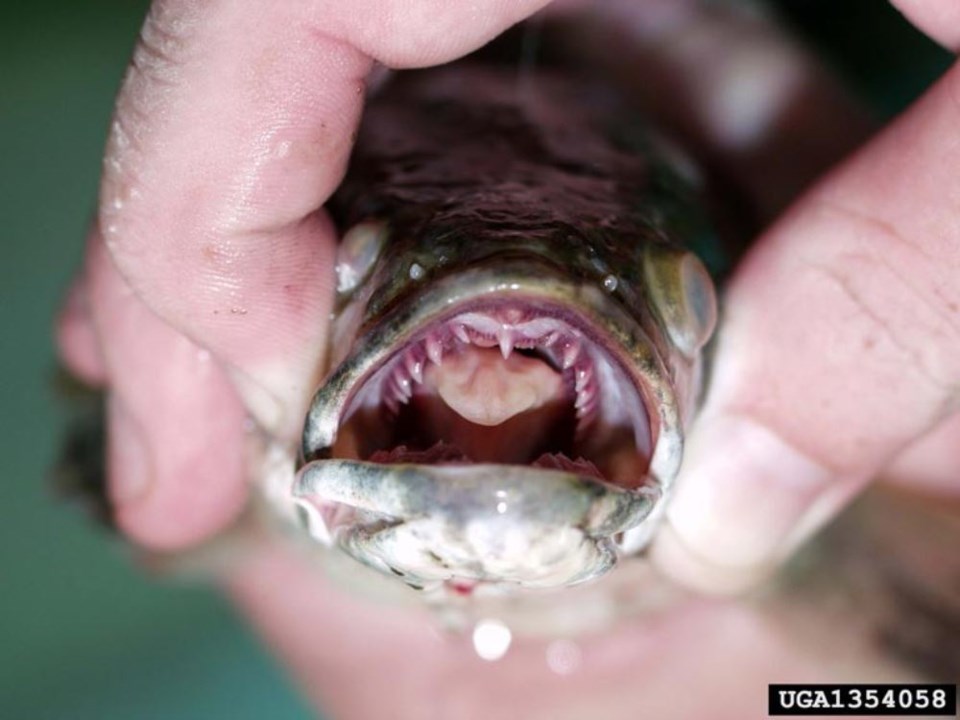Invasive Species are on the rise in our Lakes – but boaters can help stop them
You may be surprised to learn that just taking your boat out for a spin on a neighbouring lake can help spread harmful invasive species. And that these invaders – left unchecked – can seriously harm your favorite lakes and rivers.
Fish, plants or invertebrates can be spread by humans – either on purpose or by accident – to new areas of the province. These species can become invasive, causing harm to the environment and the economy. In fact, in Ontario, the impacts from zebra mussels alone cost between $75 million and $91 million per year.
And the presence of invasive species means fewer of the types of fish you like to catch, since invasive often compete with native species, taking away their food and space or introducing parasites and diseases that harm native fish and other species.
When invasive species are introduced and get established, their numbers can increase rapidly. Some invasive species that have already invaded Canadian waters include: zebra mussels (mussel), round goby (fish), spiny water flea (invertebrate), Eurasian watermilfoil (aquatic plant) and the rusty crayfish.
Invasive species are among the leading causes of native fish and other aquatic species being threatened or endangered, and they negatively affect global biodiversity, economies and human health around the world.
How to stop the spread of these invaders
Here are five steps boaters can take to make sure they are not spreading invasive species to new areas:
1. Inspect your boat, motor, trailer, and boating equipment (anchors and fishing gear, centerboards, rollers and axles). Remove any zebra mussels and other animals and plants that are visible before leaving any water body.
2. Drain water from the motor, live well, bilge and transom before leaving any water body.
3. Wash or dry your boat, tackle, downriggers, trailer, and other boating equipment to kill harmful species that were not visible at the boat launch. Some aquatic species can survive out of water for long periods of time. Therefore, it is important to either:
• Rinse your boat and equipment that normally gets wet with hot tap water (greater than 50°C), or
• Spray your boat and trailer with high pressure water (>250 psi), or
• Dry your boat and equipment in the sun for at least five days before transporting them to another body of water.
4. Empty your bait bucket on land 30 metres away from the water. Never release bait into water, or release aquatic animals from one water body into another. It is illegal to use gobies, ruffe or rudd for bait.
5. You can report sightings of invasive species by calling the Invading Species Hotline at 1-800-563-7711 or by emailing [email protected].
You can also use the EDDMapS Ontario system to report sightings through your computer or smartphone.
Join in the fight against invasive species and protect your great outdoors. Learn more at Ontario.ca/InvasionON.
Sign in or register
- Messages
- Post a Listing
- Your Listings
- Your Profile
- Your Subscriptions
- Your Likes
- Your Business
- Support Local News
- Payment History
Registered Users
Already have an account?
New Users
Create a free account.
